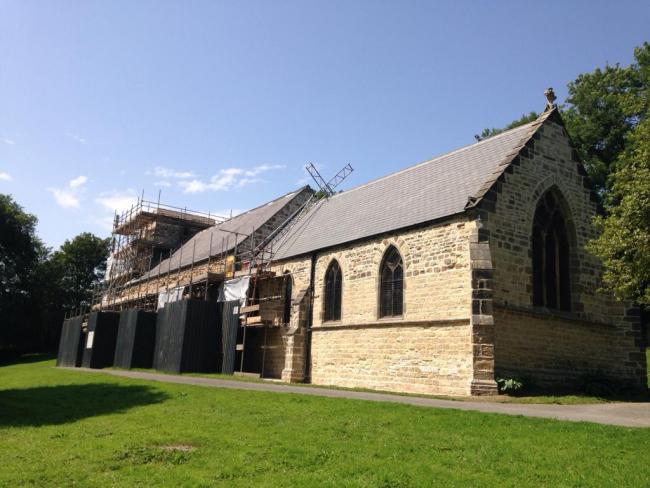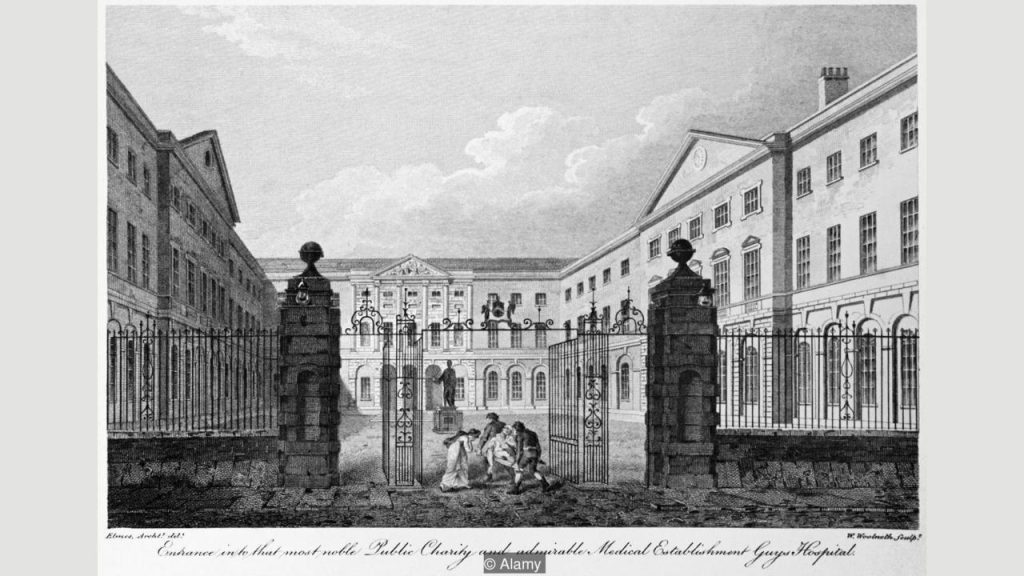Our final poetry news of the weeks looks at the church with connections to a poet that has received a lottery boost and the possibility that the poet John Keats was a graverobber.
Church Gets Lottery Boost

Church-goers in Kelloe are celebrating the £193,000 cash boost from the lottery that will assist them in the carrying out of some major restoration work that is desperately needed.
St Helen’s church is a Grade 1 listed building that has been placed on the “at risk register”. Work has already begun on the stonework on the outside of the building.
Last year, vital work was completed on the roof of the church, which was leaking. The current round of work needs to be carried out in order to prevent water seeping into the fabric of the building. They also need to remove some of the damaged cement render.
The need for all the work was discovered during the building’s five-year inspection.
The Chuch of St Helen’s in Kelloe is the home of the rare 12th-century cross to St Helen. Empress Helen was the mother of Constantine the Christian emperor of Rome.
The discovery of the cross was made during the 19th century when it was found in the walls. It was restored at some point during the 1970s and is a popular visitor attraction.
The church has another claim to fame; the poet Elizabeth Barrett Browning, who lived nearby in Coxhoe Hall was baptised there in 1808.
The Poet Who Robbed Graves?

The poet John Keats originally trained in the field of medicine. During this part of his life, there is a good chance that he would have encountered bodysnatchers. Now a study of his work has discovered some interesting clues that suggest that he may have been personally involved in stealing bodies from graves.
Some of the poets most famous works, written in 1819 during the spring and summer, point to the poets rather unnerving interest in the feel of the soil in the cemetery and the merging of oneself with remains that had been cremated. It is believed that this obsession goes beyond the normal knowledge and imagination and points to something more dark and sinister.
Keats was fascinated with the subjects of death and dying – it is a recurring emblem in much of his poetry. There are also plenty of references to human burial of all different types. Keats did suffer during his lifetime; he developed tuberculosis and in 1821 succumbed to complications of the disease that were incredibly painful.
There are some people that believe that Keats preoccupation with death was simply as a result of his own medical condition, but now some schools of thought are wondering if, in fact, it has more to do with his time at medical school and a personal involvement in the procuring of corpses late at night for medical schools. Medical science at the time relied heavily on “graverobbers” to supply them with fresh bodies to experiment on and learn from. This is a practice that medical students themselves had been involved with as far back as 1319.
At the time when Keats was a medical student, the men who ran the graverobbers were demanding more money for corpses, and so the students may have become involved.
We shall probably never know if Keats was involved in the practice but it may certainly explain much of his imagery.


You must register to comment. Log in or Register.